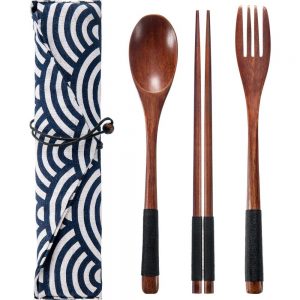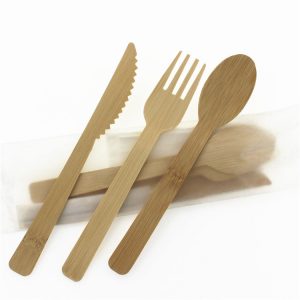Mastering the basics of knife skills is essential for precision cutting in the kitchen. With proper techniques, you can improve your efficiency, safety, and the overall quality of your cooking. Here’s a step-by-step guide to help you master the fundamentals of knife skills:
- Choose the Right Knife: Select the appropriate knife for the task at hand. For most precision cutting tasks, a chef’s knife or a paring knife will be your go-to choices.
- Grip:
- Hold the knife handle firmly but not too tight, allowing for control and flexibility.
- Place your thumb and forefinger on opposite sides of the blade, just above the handle, for better control.
- Curl the rest of your fingers around the handle for stability.
- Knife Position:
- Place the cutting board on a stable and non-slip surface.
- Stand in a comfortable and balanced position with your feet shoulder-width apart.
- Hold the knife at a slight angle, with the blade touching the cutting board and the handle slightly elevated.
- The Claw Technique:
- To protect your fingers, use the claw technique when holding the food you’re cutting.
- Curl your fingertips inward, using your knuckles as a guide for the knife blade.
- Keep your fingers away from the blade to avoid accidental cuts.
- Rocking Motion:
- For chopping and dicing, use a rocking motion with the chef’s knife.
- Anchor the tip of the knife on the cutting board and lift the handle, rocking the blade back and forth as you cut.
- Slice Technique:
- For slicing, use a fluid, steady motion with the entire length of the blade.
- Move the knife forward while applying gentle downward pressure, letting the blade do the work.
- Chopping:
- For larger items, like onions, use a chopping motion.
- Cut vertically downward, using the rocking motion to create even-sized pieces.
- Finger Placement:
- As you progress in your cutting, regularly adjust your finger position on the food to ensure safe and precise cuts.
- Practice Safety:
- Always keep the knife blade away from your body and fingers.
- Avoid using excessive force, as it can lead to accidents.
- Keep the Knife Sharp:
- A sharp knife is safer and more effective than a dull one.
- Regularly hone and sharpen your knife using a honing steel or whetstone.
- Cutting Board Maintenance:
- Use a soft cutting board to preserve the knife’s edge.
- Replace worn-out cutting boards to avoid bacterial growth and damage to your knives.
- Practice, Practice, Practice:
- Knife skills improve with practice, so don’t be discouraged if you’re not perfect at first.
- Start with simpler tasks and gradually move on to more complex cuts as you gain confidence.
Remember, patience and practice are key to mastering knife skills. With time and dedication, you’ll become more proficient, and precision cutting will become second nature to you.







